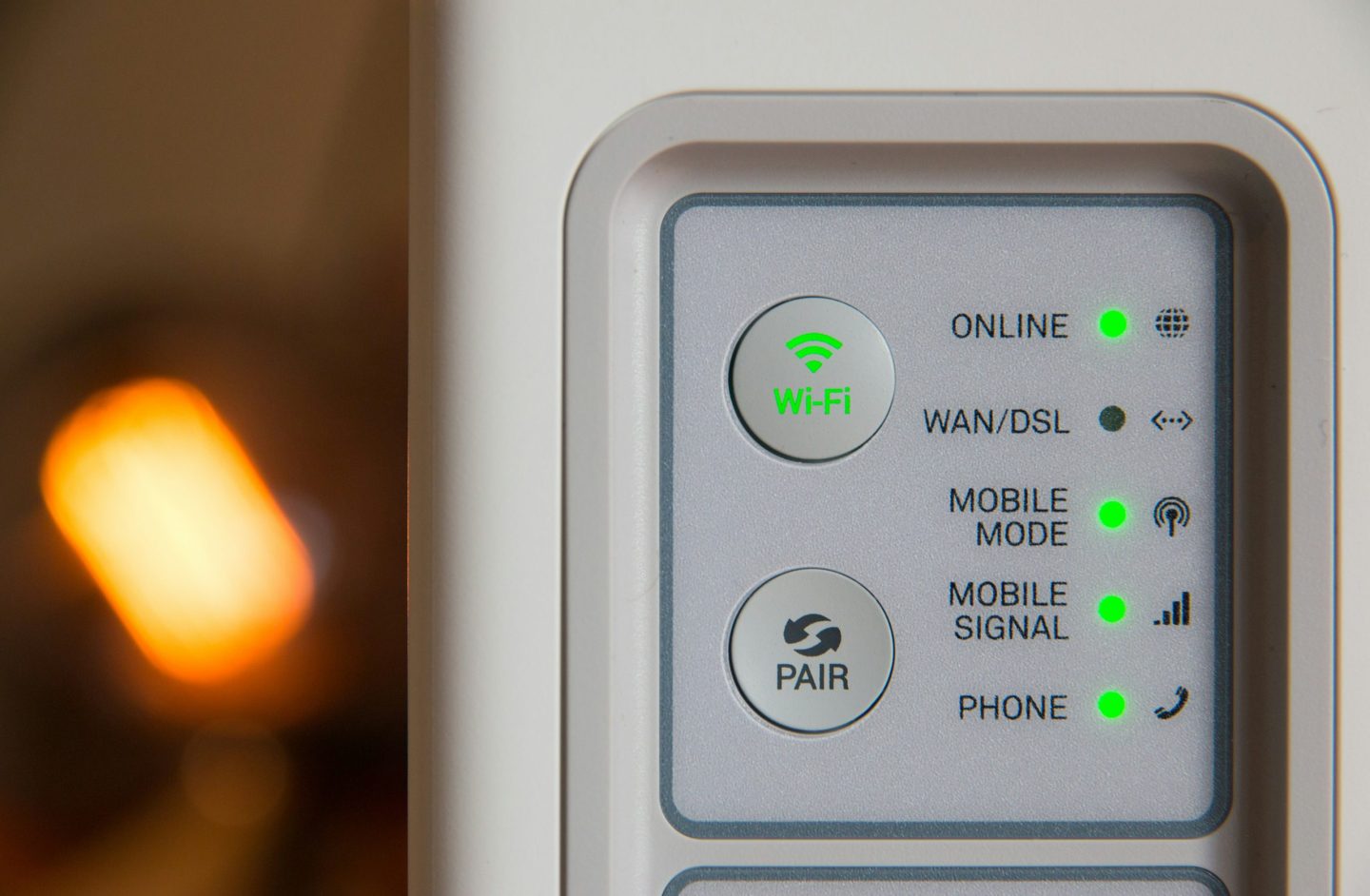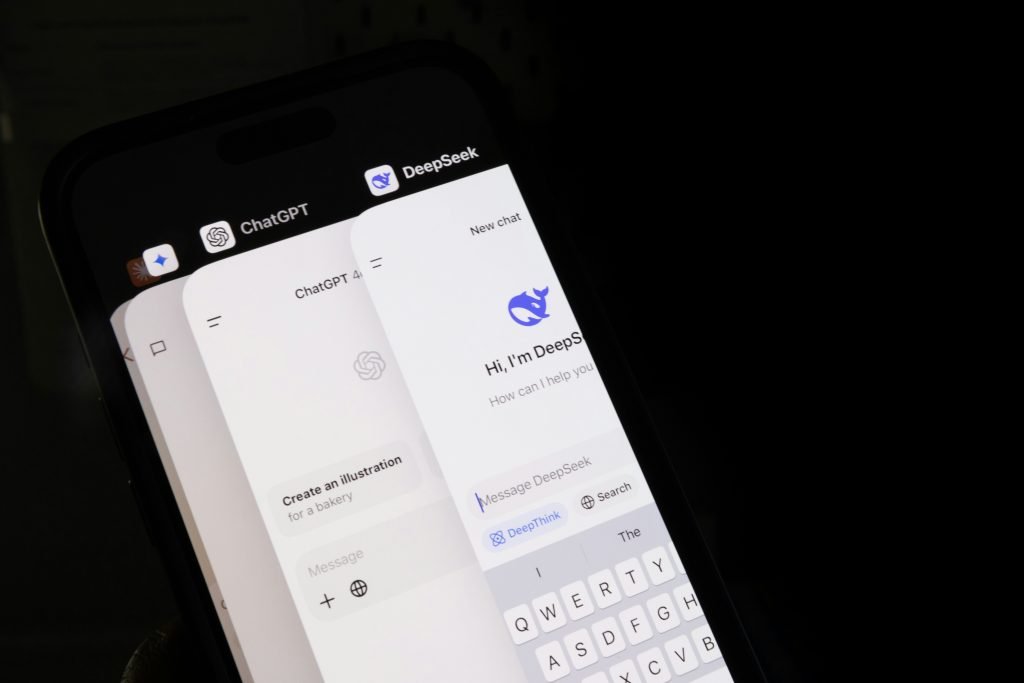- Android 15 introduces Wi-Fi Ranging.
- Overcomes GPS limitations in places like malls and airports.
With Android 15, Google has introduced something exciting: wi-fi ranging—a technology designed to help us find our way indoors with far better accuracy than before. Think of all the times GPS couldn’t quite get it right inside a mall, airport, or conference centre because of those pesky walls and structures. Wi-fi ranging tackles this issue head-on, using the IEEE 802.11az protocol to give you location accuracy within less than a metre—essentially changing how Android users navigate indoor spaces.
Why is wi-fi ranging a big deal?
Most of us rely on GPS for navigation, but GPS has always had a major blind spot: it doesn’t work well indoors. GPS signals come from satellites orbiting Earth, which struggle to penetrate solid structures like walls, floors, and ceilings. So, once you’re indoors, GPS accuracy often becomes unreliable, making it hard to pinpoint locations inside large buildings. That’s where wi-fi ranging comes in. Instead of relying on satellites, it uses nearby Wi-Fi access points to calculate your indoor position with impressive accuracy. This might be a game-changer for navigating spaces like large malls, crowded airports, museums, and stadiums.
Wi-fi ranging builds on previous wi-fi positioning technologies, like Wi-Fi RTT (Round Trip Time) with FTM (Fine Timing Measurement). Wi-Fi RTT, introduced in Android 9, was already a solid improvement, bringing location accuracy down to about 1-2 meters. But the technology in Android 15 takes it further, promising sub-metre precision.
The way it works is actually pretty cool: it measures the time it takes for signals to travel between your device and multiple nearby Wi-Fi access points, doubling the bandwidth (160 MHz) and utilising the devices’ support for the 6GHz band. Those enhancements improve accuracy, but they also boost scalability and security, making wi-fi ranging an important upgrade for indoor positioning.
How does wi-fi ranging compare to GPS for indoor tracking?
Indoor environments have always been GPS’s Achilles’ heel. Using access points that are already installed in buildings overcomes GPS’s limitations and provides a reliable way to navigate large indoor spaces. So, whether you’re trying to find your gate at the airport or locate a specific store in a big shopping mall, wi-fi ranging makes accurate indoor directions much easier.
Wi-fi positioning technology has evolved quite a bit. The first methods used Received Signal Strength Indicator (RSSI), which was only accurate within 10-15 meters. Then came Wi-Fi RTT in Android 9, which measured the time-of-flight of RF packets between your device and nearby access points. Now, with wi-fi ranging using the 802.11az protocol, Android 15 achieves precision, refinied timing measurements and can into more bandwidth for accurate location discovery.
This leap means this innovative tech can pinpoint locations more precisely, making it a great fit for places where close accuracy matters, like retail spaces, airports, and offices.
Which devices support this technology?
Currently, Wi-Fi Ranging is available only on devices running Android 15 and equipped with Wi-Fi chips that support the 802.11az protocol. Many phones on the market lack the requisite, but Qualcomm’s FastConnect 7900 chip is paving the way for future compatibility. Over the next few years, as more manufacturers integrate this technology, we can expect to see wider adoption of Wi-Fi Ranging in Android devices.
For Wi-Fi Ranging to work, the Wi-Fi access points in a space must support the 802.11az standard. While some Wi-Fi 6 access points may be compatible with a firmware update, others might need to be upgraded or replaced. Until this support becomes more widespread, this tech will only be available in places with compatible access points. However, as the technology grows more mainstream, we’ll likely see more locations improving their infrastructure to enable this feature.
How does it stack up against UWB and Bluetooth?
While it has amazing range and scalability, other technologies such as UWB (Ultra-Wideband) and Bluetooth Channel Sounding offer slightly better accuracy in some cases. However, this tech has a few big advantages: it’s built on existing Wi-Fi infrastructure, supports a larger number of clients, and can adapt to traffic loads without compromising performance. According to Google engineer Dr. Roy Want, Wi-Fi Ranging is secure, scalable, and ideal for diverse environments where a balance of accuracy and convenience is key.
With this tech, the possibilities are exciting. Imagine being able to find the exact product you’re looking for when you go into a store. In smart homes, this feature could enable even more intelligent automation, like adjusting lights based on the room you’re in. And these examples are just the beginning. Developers and companies will probably find even more ways to use Wi-Fi Ranging to create convenient and immersive user experiences.
Want to learn more about AI and big data from industry leaders? Check out AI & Big Data Expo taking place in Amsterdam, California, and London. The comprehensive event is co-located with other leading events including Intelligent Automation Conference, BlockX, Digital Transformation Week, and Cyber Security & Cloud Expo.
Explore other upcoming enterprise technology events and webinars powered by TechForge here.








